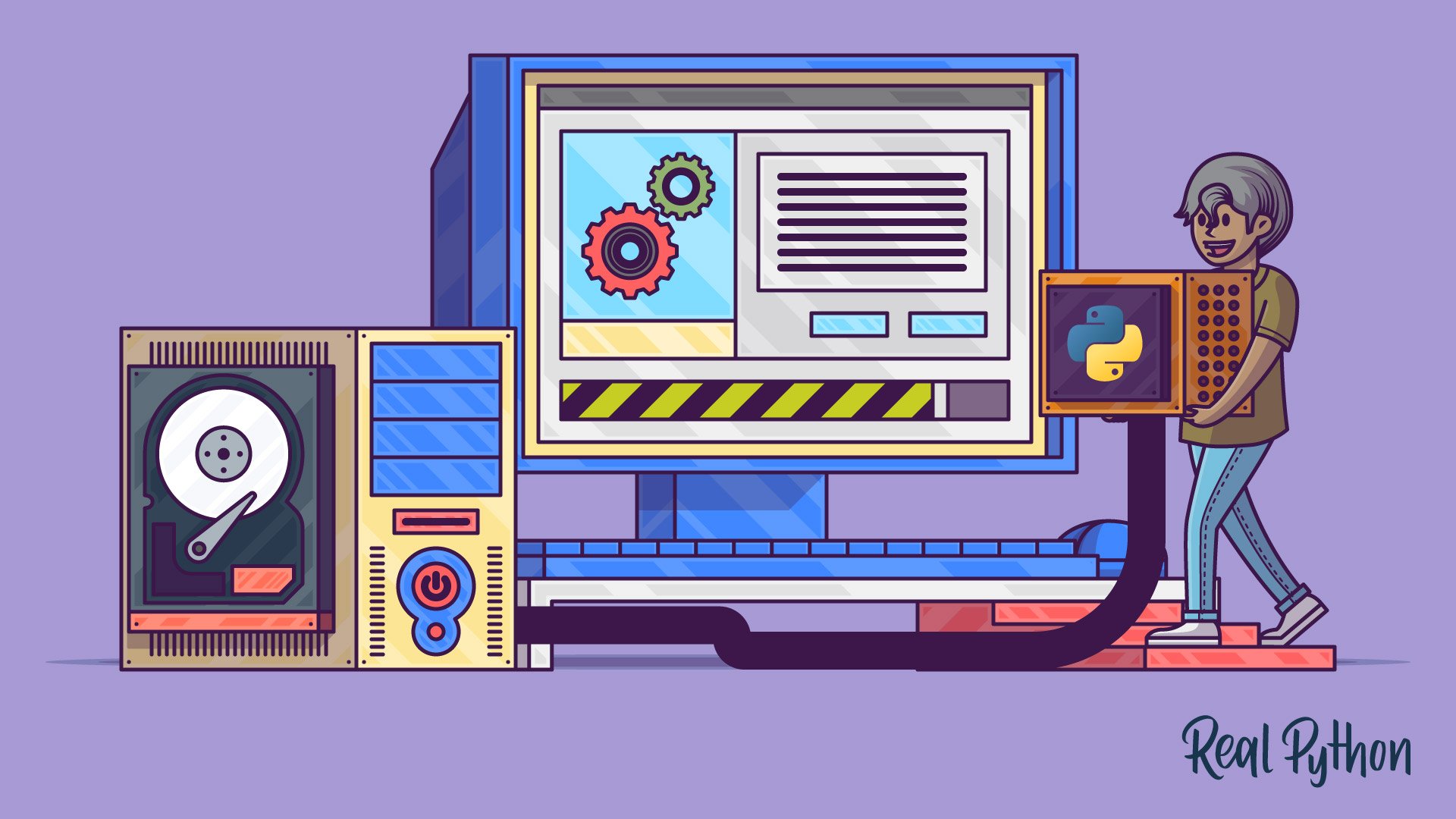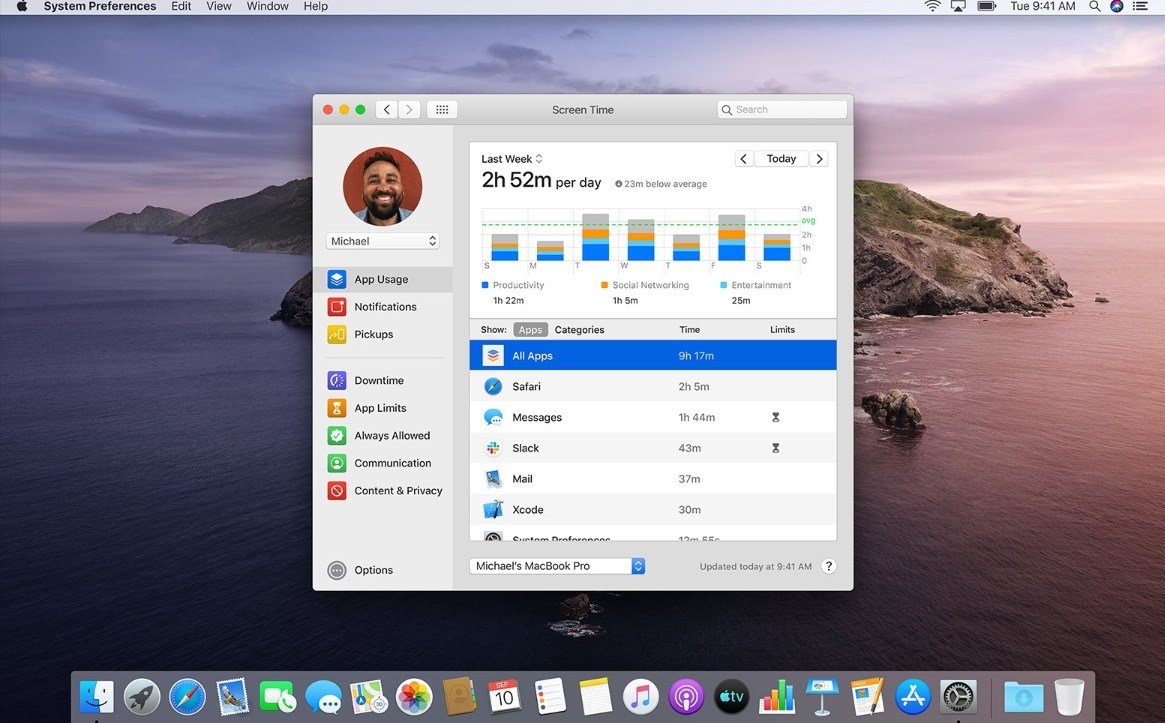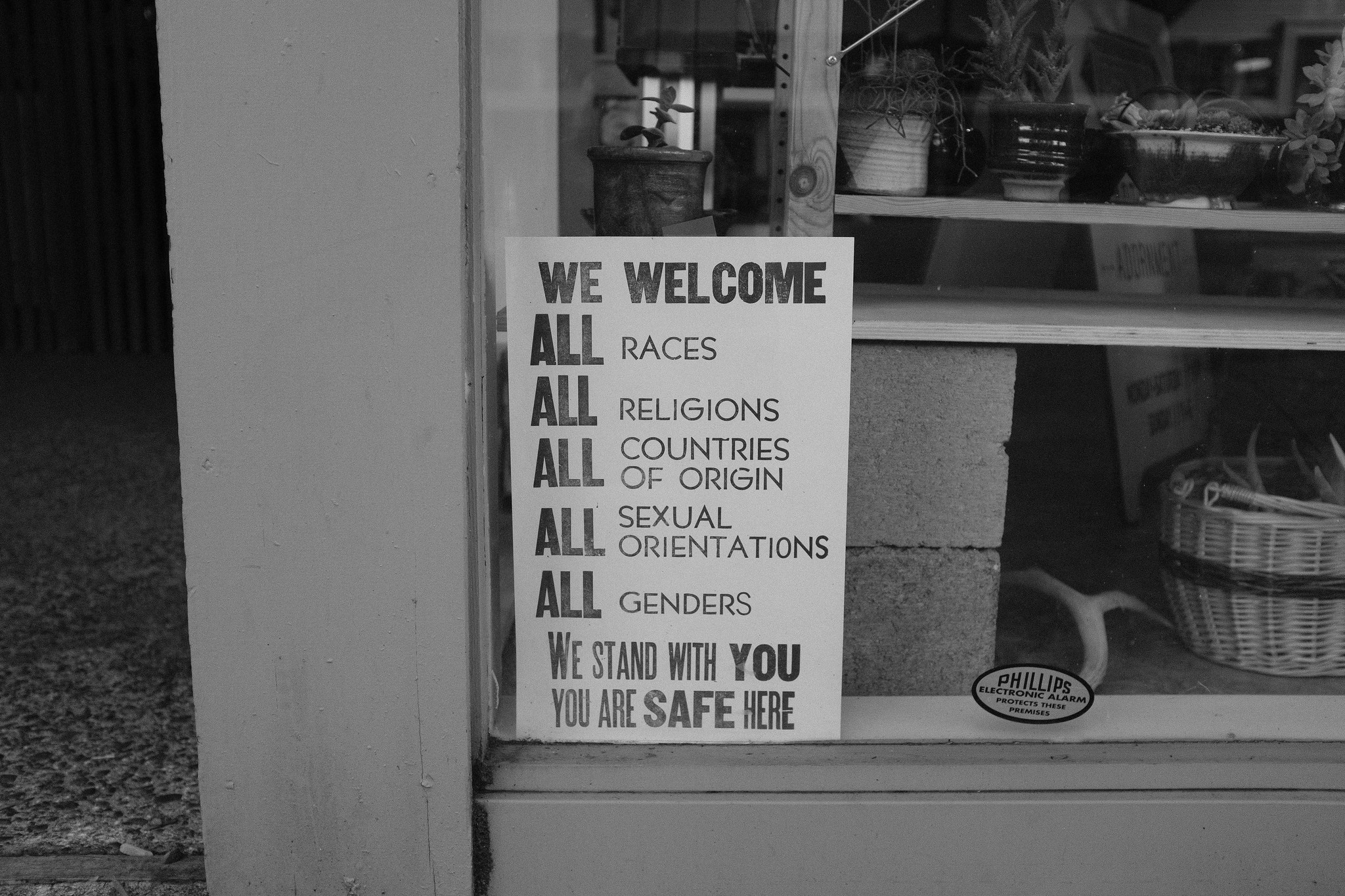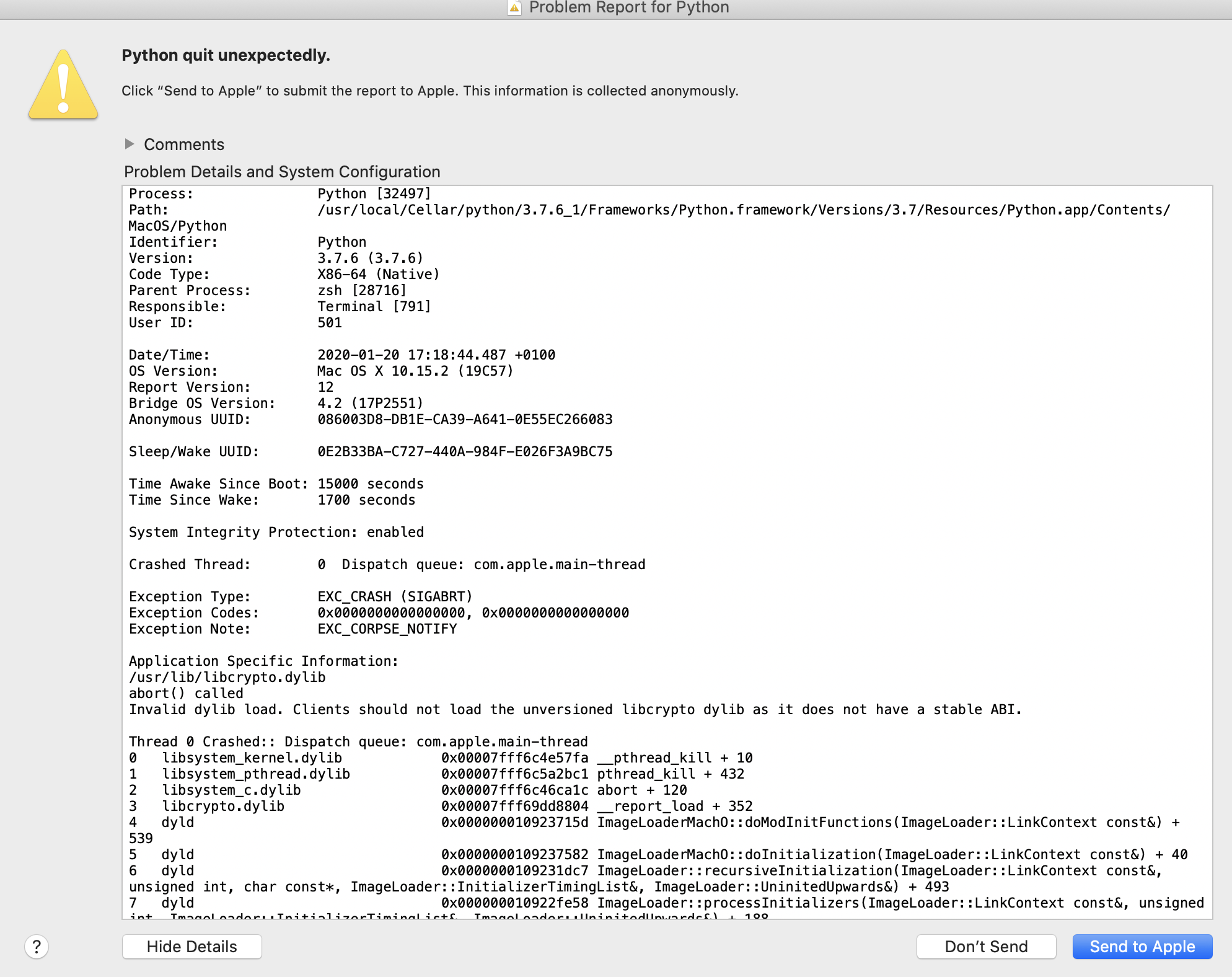I am trying to have a stable python3 environment on my mac running on macOS Catalina. Catalina comes with python 2.7 standard, but I want to use python3. I installed python 3 with homebrew, and then used homebrew to install numpy as well. I deleted python 2.7 and currently, I have python 3 installed on my mac. For this blog post, I am going to use python 3.6. Download it from its official site and install it. Given below are the steps you need to follow to build OpenCV on macOS Catalina.

Mac OS X comes with Python 2.7 out of the box.
You do not need to install or configure anything else to use Python 2. Theseinstructions document the installation of Python 3.

The version of Python that ships with OS X is great for learning, but it’s notgood for development. The version shipped with OS X may be out of date from theofficial current Python release,which is considered the stable production version.
Doing it Right¶
Let’s install a real version of Python.
Before installing Python, you’ll need to install GCC. GCC can be obtainedby downloading Xcode, the smallerCommand Line Tools (must have anApple account) or the even smaller OSX-GCC-Installerpackage.
Note
If you already have Xcode installed, do not install OSX-GCC-Installer.In combination, the software can cause issues that are difficult todiagnose.
Note
If you perform a fresh install of Xcode, you will also need to add thecommandline tools by running xcode-select--install on the terminal.
While OS X comes with a large number of Unix utilities, those familiar withLinux systems will notice one key component missing: a package manager.Homebrew fills this void.
To install Homebrew, open Terminal oryour favorite OS X terminal emulator and run
The script will explain what changes it will make and prompt you before theinstallation begins.Once you’ve installed Homebrew, insert the Homebrew directory at the topof your PATH environment variable. You can do this by adding the followingline at the bottom of your ~/.profile file
If you have OS X 10.12 (Sierra) or older use this line instead
Now, we can install Python 3:
This will take a minute or two.
Pip¶
Homebrew installs pip pointing to the Homebrew’d Python 3 for you.

Working with Python 3¶
At this point, you have the system Python 2.7 available, potentially theHomebrew version of Python 2 installed, and the Homebrewversion of Python 3 as well.
will launch the Homebrew-installed Python 3 interpreter.
will launch the Homebrew-installed Python 2 interpreter (if any).
will launch the Homebrew-installed Python 3 interpreter.
If the Homebrew version of Python 2 is installed then pip2 will point to Python 2.If the Homebrew version of Python 3 is installed then pip will point to Python 3.
The rest of the guide will assume that python references Python 3.
Pipenv & Virtual Environments¶
The next step is to install Pipenv, so you can install dependencies and manage virtual environments.
A Virtual Environment is a tool to keep the dependencies required by different projectsin separate places, by creating virtual Python environments for them. It solves the“Project X depends on version 1.x but, Project Y needs 4.x” dilemma, and keepsyour global site-packages directory clean and manageable.
For example, you can work on a project which requires Django 1.10 while alsomaintaining a project which requires Django 1.8.
So, onward! To the Pipenv & Virtual Environments docs!
This page is a remixed version of another guide,which is available under the same license.
These pages guide you through installation and licensing to the point where you have the application in front of you and are ready to start work. After installation, all applications are run from either desktop icons, the browser, or from the command line using arguments.
Note:The instructions contained in these pages cover installing Nuke, because Hiero is part of the Nuke bundle and cannot be installed separately.

Tip:For an overview of the documentation and quick access to the main topics, go to Hiero Home.
Qualified Operating Systems
Note:Installing Nuke 13.0 takes significantly longer than Nuke 12.2 builds due to the upgrade to Python 3 and the addition of the PyTorch library.
• macOS Catalina (10.15.x) or macOS Big Sur (11.x)
Note:Other operating systems may work, but have not been fully tested.
• x86-64 processor, such as Intel Core 2 Duo or later.
• 5 GB of disk space available for caching and temporary files.
• At least 8 GB of RAM.
• Display with at least 1280 x 1024 pixel resolution and 24-bit color.
• Graphics card with at least 512 MB of video memory and driver support for OpenGL 2.0 (minimum requirement).
Python 3 Macos Catalina Version
• To enable optional GPU acceleration of Viewer processing, you need OpenGL 2.0 with support for floating point textures and GLSL.
• R3D Rocket cards require the Rocket Driver 1.4.19.0 and Firmware 1.1.16.5 or later.
Macos Catalina Python 3
Note:To avoid graphical problems, such as text disappearing in the Viewer and Node Graph, it is important to keep your graphics card drivers up-to-date. Driver updates can be obtained from the websites of the graphics card manufacturers (for example, www.nvidia.com and support.amd.com).